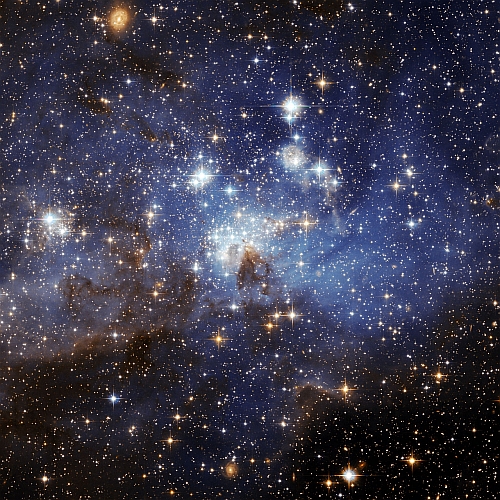Galaxies can also have split personalities
 Washington, January 7 : A team of astronomers used data from the COSMOS (Cosmic Evolution Survey) project to reveal previously unseen features in the mass distribution of galaxies, thus indicating that galaxies can have split personalities.
Washington, January 7 : A team of astronomers used data from the COSMOS (Cosmic Evolution Survey) project to reveal previously unseen features in the mass distribution of galaxies, thus indicating that galaxies can have split personalities.
The astronomers used data from the COSMOS project to explore the connections between the growth of dark matter halos and the growth of galaxies within these dark matter halos.
They found previously unseen features in the mass distribution of galaxies and its evolution with time and interpreted these features as corresponding to the known sub-populations of galaxies in the local universe.
The team has used the extensive imaging data available in COSMOS to measure the mass distribution of galaxies (how many galaxies there are as a function of their mass) over a time spanning about half of the present-day age of the universe reaching more than 10 times smaller masses than before.
This exceptional dataset has allowed the team to see features in the mass distribution that point towards the presence of multiple galaxy populations that together make up the more complicated shape of the distribution.
In particular, the mass distribution was found to steepen significantly towards its faint end.
The team was able to detect both a faint blue population and a corresponding faint red population showing the same steep faint end behavior.
They associate the faint red population with faint blue galaxies that have become satellite galaxies.
This effect was known from observations of nearby galaxies and their satellites, but the detection of the same populations in the mass distributions (and therefore the quantitative treatment) is new.
Additionally, there is an increase in numbers of brighter galaxies before the mass distribution cuts off at very high masses.
It was previously thought that this bump is made up of high mass elliptical galaxies, but it was now found that the mass distribution of regular disk galaxies does show the same feature at high redshift, that is, at earlier times.
These observations provide new and exciting statistical measures of the properties of the galaxy population as a whole and also of its sub-components. (ANI)